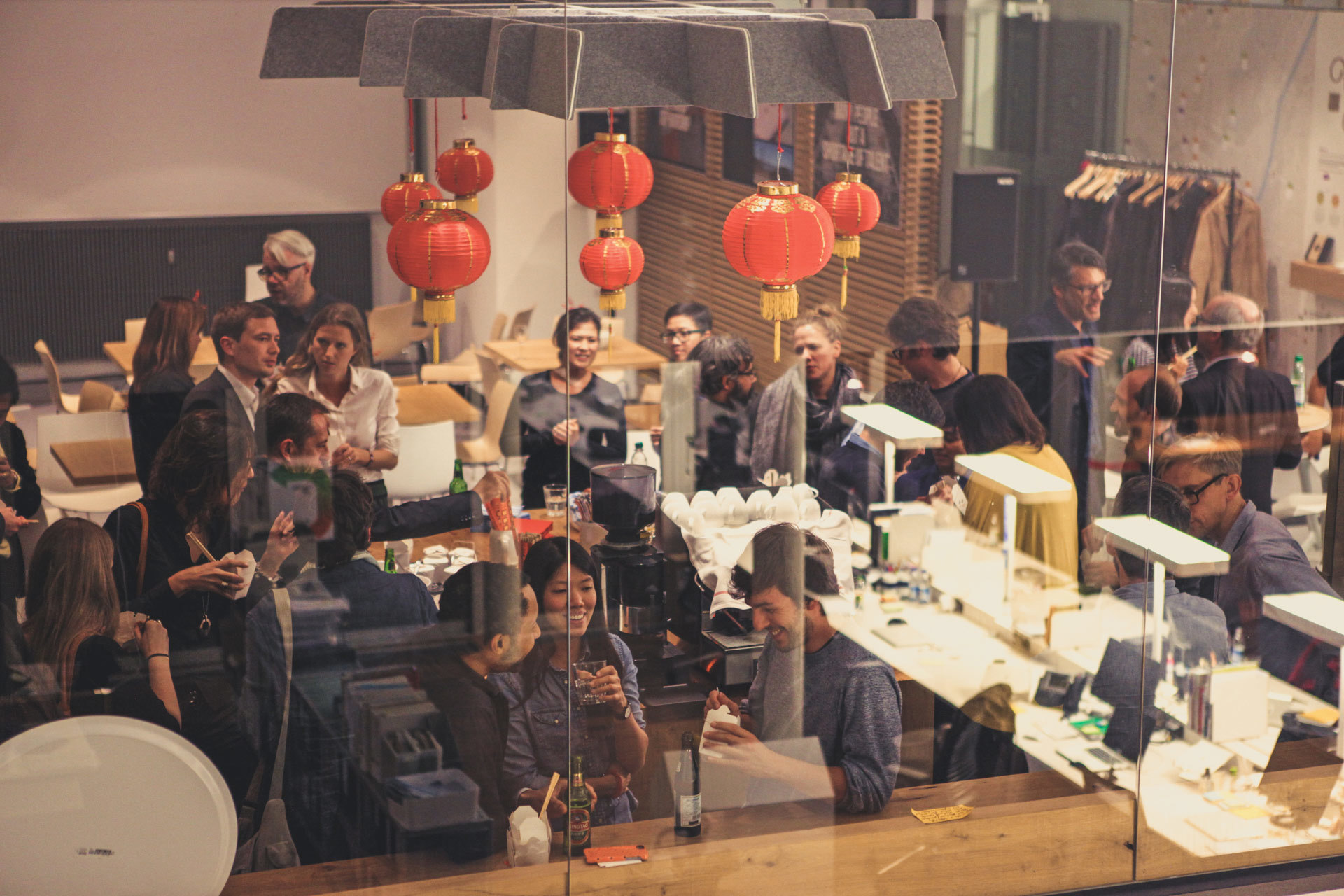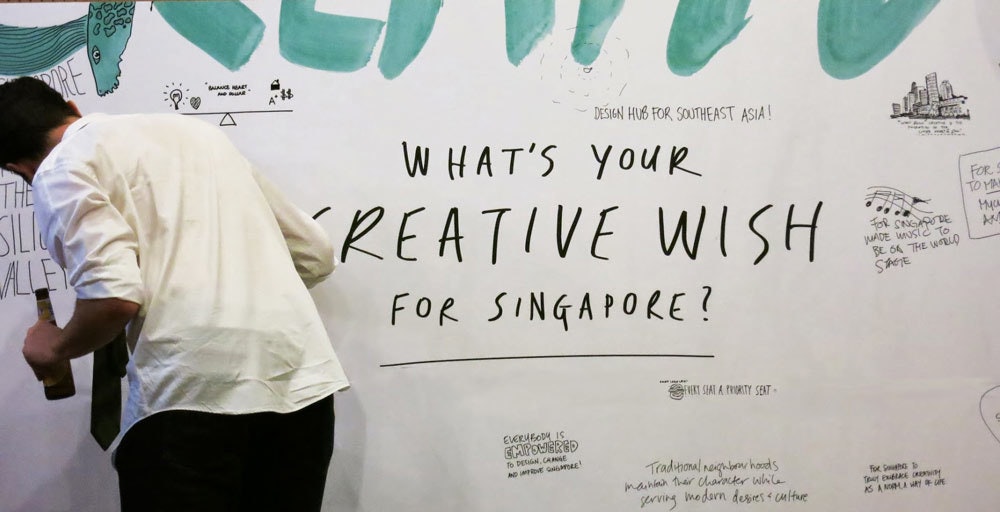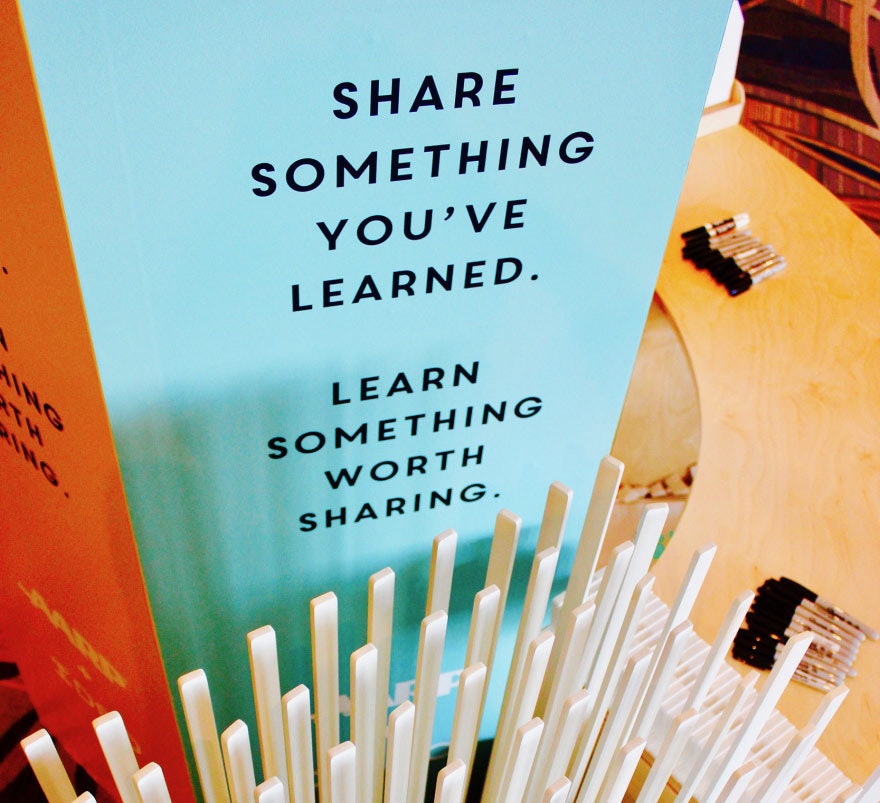4 Tricks for Getting Better Feedback

You put weeks of work into designing a great event. You think it went well, and people seemed happy, but how do you find out what truly worked and what didn’t? Instead of circulating a survey that makes people's eyes glaze over (if they glance it at all) we've applied our design chops to the task. Here's how to get quality feedback that will help you up your game.
But first, here are a few things to think about before you begin:
Consider what you’re trying to learn. Do you want feedback on the event format, content, experience, or outcomes? Whatever that may be, it helps to tell your audience that they’re participating in a prototype right from the get-go. In our experience, being up front that you're trying to build something better encourages participants to respond. You might offer some incentive for their input, too. Even a small gesture of thanks signals that you value their thoughts. And remember to use the data you get back to understand what happened, and conversation to understand why. Data alone is only half the story.
With all that in mind, here are some techniques we’ve designed to help us understand what worked, what didn’t, and why.

1. Do Live Polling
Collect information during the event, while it’s freshest in people’s minds:
- Pass out comment cards with a simple feedback prompt, “I like/I wish”.
- Leave prompts on a board like, “What did you learn today?” and Post-Its for guests to use.
- Digital tools like Meetmaps or polleverywhere.com do live polling, and you can choose to show the audience the real-time results to encourage participation.
- Biometric measurement can tell you what selected people are feeling in real-time, Megvii and XOX are two systems. You can also show the audience this data.
- Have your team create a list of the most common sentiments or attitudes you expect to get ("I'm Confused" or "I'm Learning"). Then work the crowd, giving people simple feedback prompts. Tally results in a Google survey form, capturing any notable quotes or outliers.

2. Make Data Viz Physical
Sometimes seeing evidence that people are really engaged gets others to participate. Bonus: these methods are fun, and social.
- Have people use a green door to show a “like” and a red door to show a “dislike”. You can also do this by asking people to move to certain places within a space.
- From the stage, ask the crowd before/after speaker: “Stand up if this is the first event you’ve been to….”
- Have people choose a button/pin with a word that describes what people value. For instance, if you’re talking about community, one button might say, “finding my people” and another might say, “building diversity”. Count the ones that are left over.
- Place dots on a spectrum or balls in a bin to vote what you think. The voting objects can be themed too, like fake coins for business investing.

3. Observe Cues
People don’t always accurately report how they feel. Take note of what they do, too.
- Count how many people download the presentation or video after the event, if there is one.
- Provide a hashtag for people to use on social media, then track both the number of shares/tweets, and the sentiment of them. Tools like Tint can help with this.
- Collect names and email addresses for future events (if no one signs up, that’s feedback, too).
- Measure sound volume hourly throughout the event to get a better picture of traffic and engagement timing. Compare different events in full swing in the same physical space to quantify the energy in the room.
- Watch people showing signs of comfort and belonging in their body language—are they loosening their ties or kicking up their heels, do they feel comfortable enough to move chairs into a circle?—all are signs they’re engaged. Sitting alone, checking phones or watches, falling asleep, leaving the room—you know what those cues means.
4. Take the Long View
In addition to immediate learnings, you may want to aggregate insights over time or across events.
- Ask people if they want to be on a feedback panel going forward. Offer exclusive access or information in exchange for helping you shape the program.
- Provide a platform for ongoing conversation about the themes that are important to both you and your guests. This helps you keep the pulse in an ongoing way, and reminds people to associate you with things you care about.
Got any ideas of your own to add to our list? We’d love to hear about them. Hit us on Twitter, Facebook, or Instagram with the hashtag #feedbackdesign.
Words and art

Subscribe

.svg)







